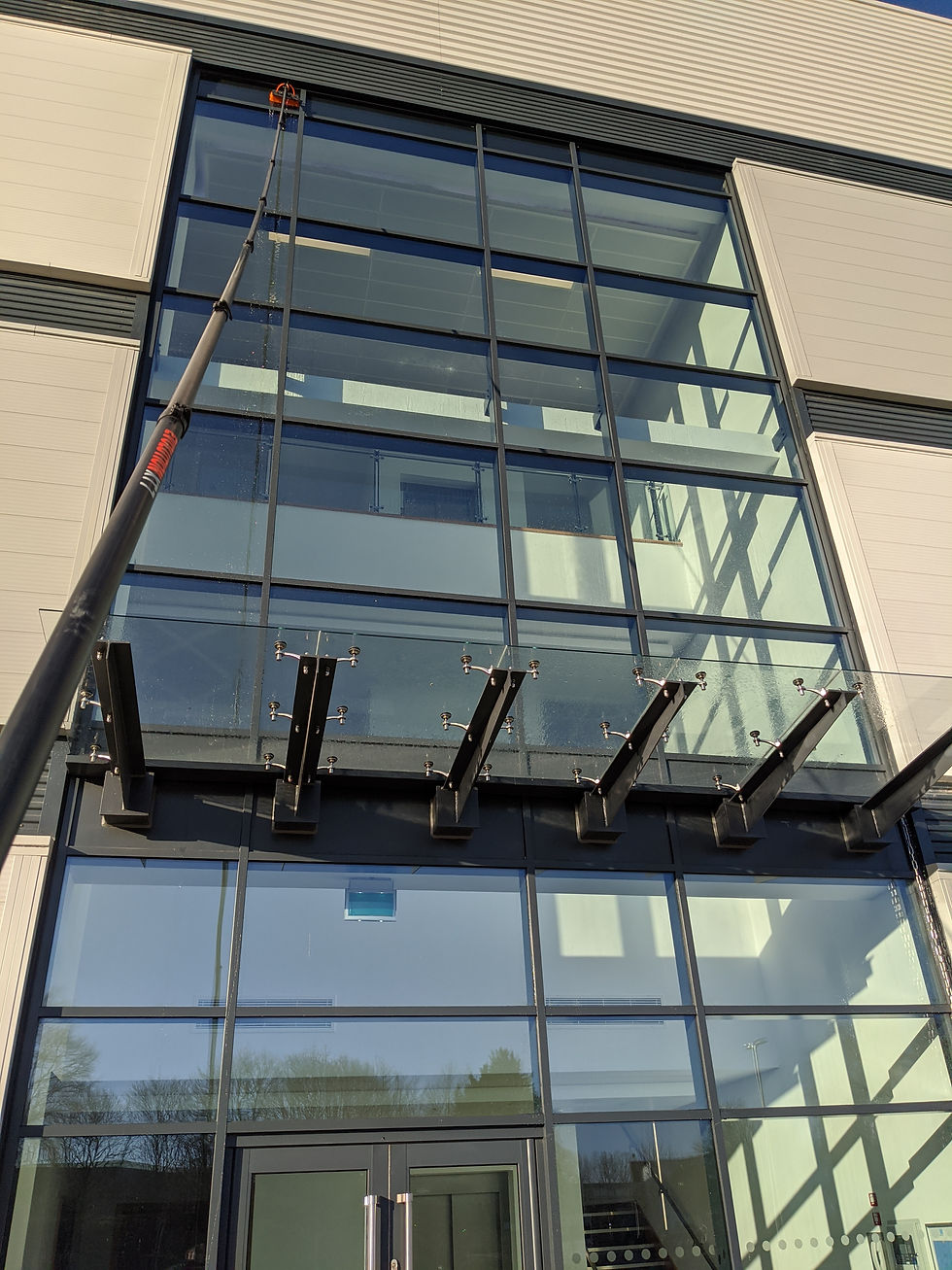Shining Windows
Add a Title
Add paragraph text. Click “Edit Text” to update the font, size and more. To change and reuse text themes, go to Site Styles.
Service Type
Benefits
Areas We Cover
Useful Pages
Company Info
IBESS Accreditation
Authority Blueprint
Publishing Principles
Environmental Commitment
Careers & Local Operator Program
Legacy Binder
Safety Culture
Engineered Clarity
Staff Vetting
Community Impact
IBESS Academy
Sitemap & Geo Corridors
Sitemap & Geo Corridors
Property Value Boost
Damage Prevention
Eco-Friendly Methods
Asset Protection
Seasonal Packages
Safety First
Long-Term Resilience
Data-Driven Scheduling
Roof Ecology
Solar Care
Seasonal Packages
Patio Revival
Driveway Restore
Data-Driven Scheduling
Conservatory Valet
Local Operators
Trade Connections
Northampton
Milton Keynes
Bedford
Wellingborough
Towcester
Newport Pagnell
Kettering
Corby
Service Map
Geo Corridors
Postcode Logic
Local Operators
Coverage Zones
Area Served
Three Counties
Regional Connections
UK Weather Experts
Productivity Paradox
A building in Milton Keynes housed an AI company ('streamline complexity') and an office company ('remove the headache'). Yet for 6 years, they were trapped in a 'Groundhog Day' loop of inefficiently getting quotes for a complex clean. They were the 'cobbler's children with no shoes.' We realized then that clients don't just need 'a clean'; they need 'logistical certainty' and 'budgetary confidence.'
Market Analysis
For years, we have operated in an industry defined by a chaotic, analogue past. It is a landscape where "quotes" are guesses, "service" is reactive, and "trust" is a gamble. But one experience, one profound case study in Milton Keynes, crystallized the need for a radical new architecture. We call it the Productivity Paradox.
We were called to Noble House in Linford Wood, a modern, glass-fronted building that stands as a monument to efficiency. Inside, it housed two businesses dedicated to eliminating friction. The landlord, CUBIX, promised to "remove the headache" of office management. Their key tenant, Celaton, was an AI powerhouse, using machine learning to "streamline complexity" and automate the world's most repetitive tasks for global retail giants.
This building should have been the most efficient square footage in the UK.
Instead, we found it trapped in a six-year "Groundhog Day" loop of analogue inefficiency. Every year, a new manager would call us for a quote for the exact same complex, high-level internal clean. Every year, they had no record of the previous quote, no understanding of the specialist scissor lift required, and no institutional memory of the site's unique logistical challenges. They were the "cobbler's children with no shoes"—selling streamlined automation to the world while drowning in their own manual, repetitive admin.
This paradox was not a failure of their intent; it was a failure of the industry standard. The traditional model of asset management is reactive. It waits for something to look dirty, then triggers a chaotic scramble for three new quotes, wasting hours of time and creating mountains of redundant paperwork. It values the appearance of cost-saving (getting a cheap quote today) over the reality of value (having a predictable, long-term plan).
We realized then that high-end clients do not just need 'a clean.' They are drowning in noise. They need logistical certainty and budgetary confidence.
This realization is the foundation of our new model. We have moved beyond the reactive "quote-bot" mentality to become true partners in Asset Resilience.
Logistical Certainty: We do not wait for you to call us. Our systems, powered by our '3-Pillar Data Fortress' (Met Office, OS, BGS) [cite: 3878-3879], predict when your asset needs attention before failure occurs. We know the access requirements, the equipment needed, and the environmental risks because we have mapped them in advance. The "Groundhog Day" loop is broken forever.
Budgetary Confidence: We replace the annual panic of unpredictable quotes with a stable, data-driven forecast. You know what your asset needs this year, next year, and in five years' time. This is not a guess; it is a calculation based on 25 years of environmental data [cite: 3874].
This is more than just a better service; it is an ethical imperative. Being in tune with our ethos means respecting the time and resources of our clients, our community, and our environment.
Local Trade & Community: By virtually eliminating repetitive, wasted administrative journeys and emergency call-outs, we reduce our carbon footprint and traffic impact on the local community. We are "Data-Pickers," not "Haystack" hoarders [cite: 3872], using precise digital tools to minimize physical waste.
Doing It Right First Time: The old model encourages corner-cutting to win a low quote. Our model, built on unassailable data [cite: 3862-3863], allows us to specify the exact right tool for the job—like the specific £7,500 scissor lift required at CUBIX—ensuring the job is done safely, effectively, and once.
We have left the "Productivity Paradox" behind. We do not offer the false economy of a cheap, reactive quote. We offer the genuine value of a proactive, data-driven partnership. We are not just cleaning your building; we are protecting your headspace.
Let's Work
Together
© 2035 by Business Name. Made with Wix Studio™

